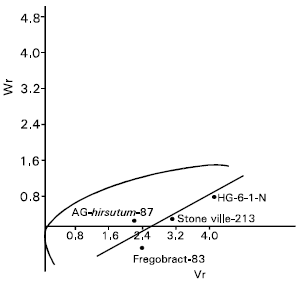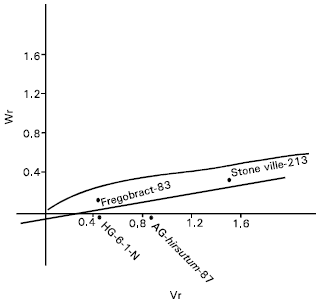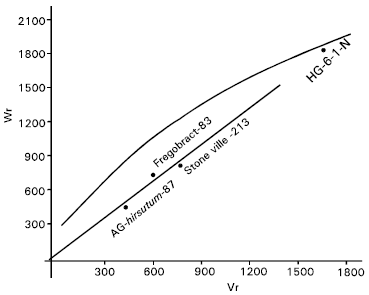Research Article
Study of Gene Action for Yield and Yield Components in Gossypium hirsutum L.
Agriculture Extension Kasur, Punjab, Pakistan
Abdul Sattar Larik
Agriculture Extension Kasur, Punjab, Pakistan
Zahoor Ahmed Soomro
Department of Plant Breeding and Genetics, Sindh Agriculture University, Tandojam 70060, Sindh, Pakistan















